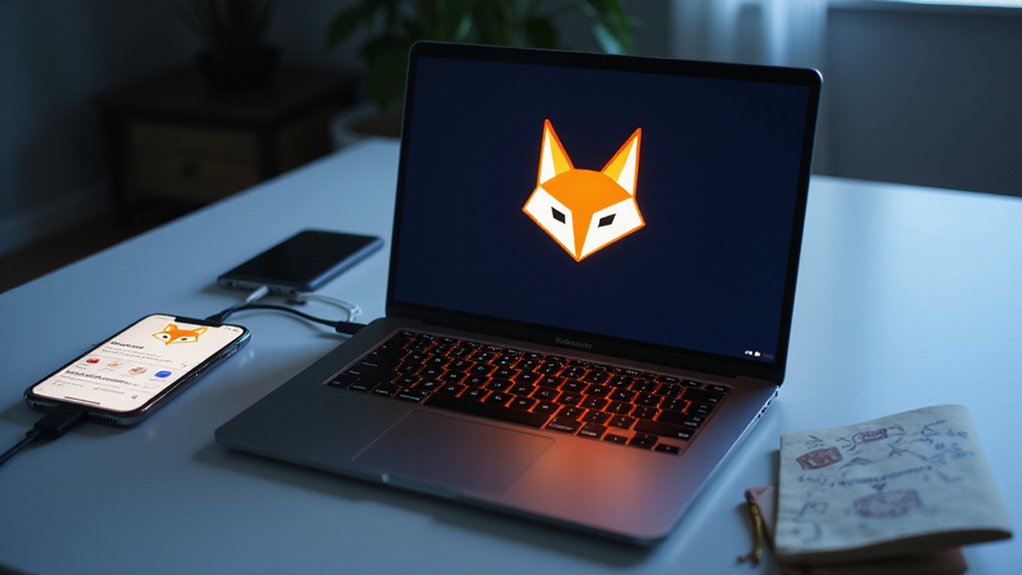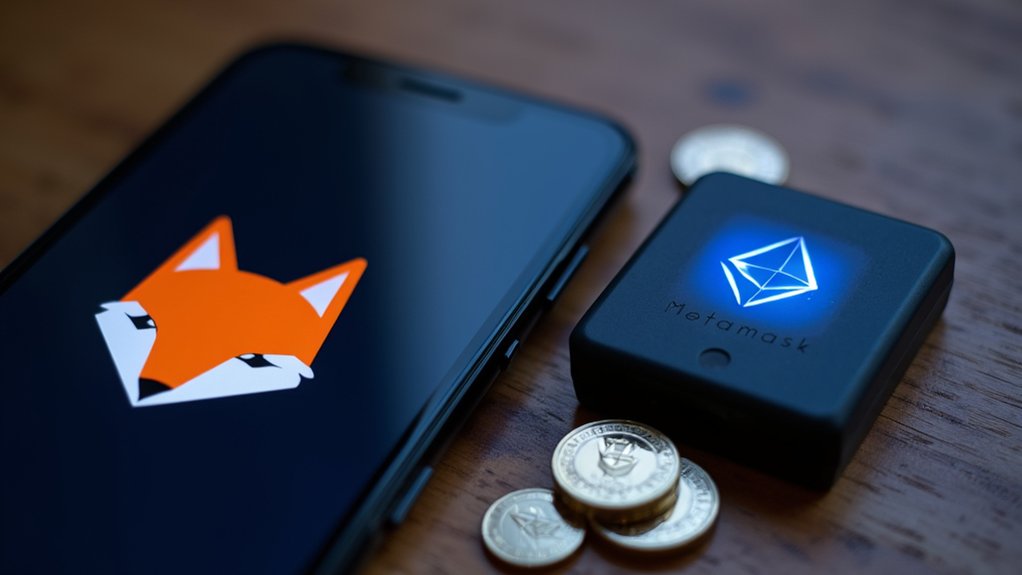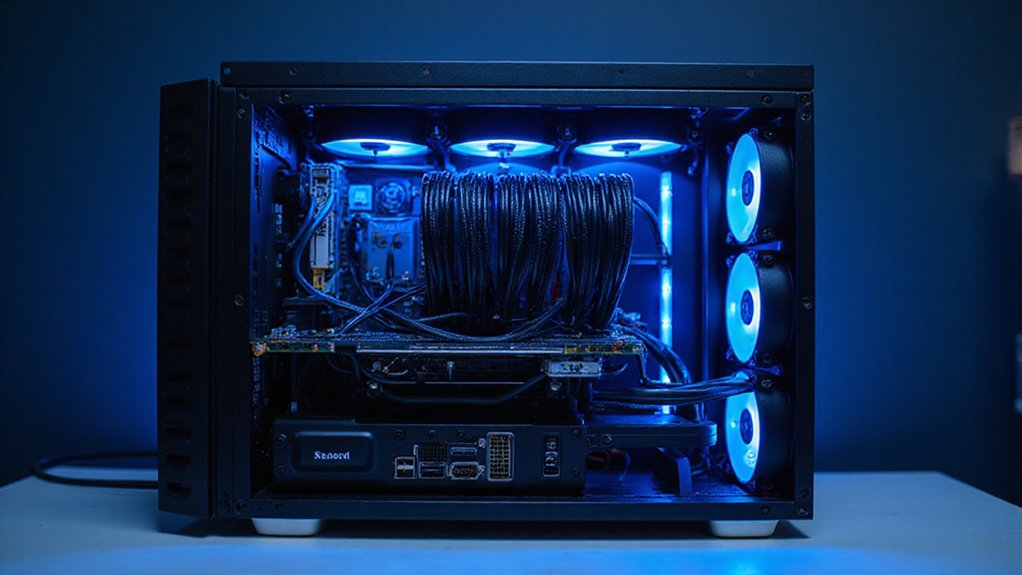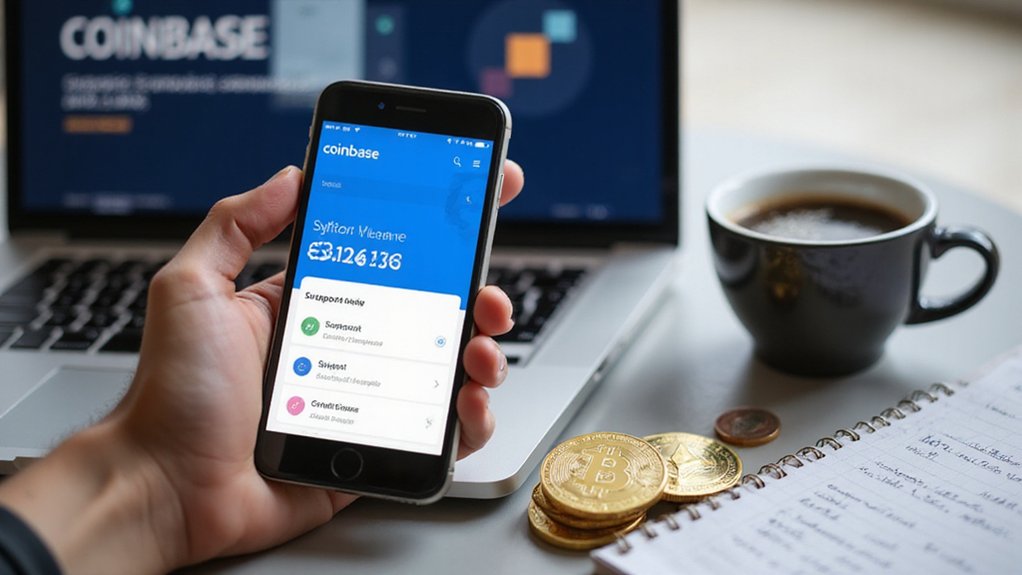MetaMask serves as the quintessential gateway to cryptocurrency management, offering users a self-custodial wallet for Ethereum and compatible networks. Setup requires downloading the extension or app, creating a password, and—crucially—safeguarding the 12-word seed phrase (a responsibility not to be taken lightly). The interface enables token transactions, dApp interactions, and NFT management across multiple chains. Hardware wallet integration provides additional security for those venturing beyond crypto’s shallow waters.

As cryptocurrency continues its inexorable march toward mainstream adoption, MetaMask has emerged as the quintessential gateway for both neophytes and veterans traversing the often labyrinthine world of decentralized finance.
This self-custodial software wallet—supporting Ethereum and various EVM-compatible networks—offers a compelling combination of accessibility and functionality that has catapulted it to the forefront of blockchain interaction tools.
The onboarding process begins with downloading the MetaMask extension from its official website (a step where many crypto journeys have been derailed by ersatz alternatives lurking in browser stores) or installing the mobile application from legitimate app marketplaces.
Compatible with Chrome, Firefox, Brave, and Edge browsers, as well as iOS and Android devices, MetaMask presents users with a 12-word seed phrase during setup—a cryptographic lifeline that, when properly safeguarded, guarantees wallet recovery even when devices become digital detritus.
The wallet’s security architecture necessitates vigilance; the aforementioned seed phrase (which, amazingly, some users still store in cloud services) must be protected with the same fervor one might guard the combination to a vault of physical gold.
Users must also establish a robust password, though this merely represents the outer defensive perimeter of their digital fortress. Unlike traditional financial tools, MetaMask provides users with full private key control, aligning with the core principles of Web3 technology.
MetaMask’s interface facilitates essential cryptocurrency operations—sending, receiving, swapping tokens—while simultaneously allowing seamless interaction with decentralized applications.
The wallet supports NFT storage and management, portfolio tracking, and multi-chain transactions, rendering it remarkably versatile for crypto management.
Perhaps most critically, MetaMask embodies the philosophical underpinnings of cryptocurrency through its self-custody model, placing asset control squarely in users’ hands.
This autonomy, while liberating, demands a corresponding level of responsibility and awareness of potential security vulnerabilities.
For those seeking enhanced protection, integration with hardware wallets provides an additional bulwark against digital malfeasance.
In the final analysis, MetaMask represents not merely a wallet but a portal to the expanding universe of decentralized finance—one that rewards technical acumen while remaining sufficiently accessible for blockchain neophytes. For optimal security, many experienced users connect MetaMask to physical devices like Ledger or Trezor to maintain the convenience of the interface while benefiting from offline private key storage.
Frequently Asked Questions
What Fees Does Metamask Charge for Transactions?
MetaMask charges a 0.875% fee on transaction amounts, but that’s merely the opening act in crypto’s fee theater.
Users also shoulder source network gas fees (comprising base and priority components) when signing transactions.
While bridge providers typically cover destination network costs, liquidity provider fees and price impact considerations lurk in the wings.
The platform’s roadmap, however, suggests a future where gas fees might exit stage left, replaced by more flexible payment options.
Is Metamask Safe From Hacking Attempts?
MetaMask implements robust security measures but isn’t impervious to hacking attempts.
While its regular updates, phishing protection, and third-party security integrations form a formidable defense, users remain the most vulnerable link in the security chain.
Employing hardware wallets, practicing proper seed phrase management, and regularly reviewing token approvals greatly diminishes risk exposure.
The platform’s integration with Wallet Guard provides real-time threat detection—though no digital wallet can claim absolute invulnerability in cryptocurrency’s wild frontier.
Can I Recover My Metamask Wallet if I Lose My Device?
Yes, wallet recovery is entirely possible—provided one possesses the all-important Secret Recovery Phrase.
This twelve-word linguistic lifeline serves as the ultimate failsafe mechanism, allowing users to resurrect their digital assets from the ether, regardless of which physical device has vanished into the void.
Simply reinstall MetaMask on a new device, input the phrase during setup, and voilà—financial continuity restored.
Without this phrase, however, one’s crypto becomes a permanent donation to the blockchain abyss.
How Do I Connect Metamask to Different Blockchain Networks?
Connecting MetaMask to different blockchains requires either manual configuration or simplified integrations.
For manual setup, users input network-specific RPC endpoints, chain IDs, and currency symbols via the network settings menu.
The more elegant solution—for those allergic to data entry—involves using Chainlist’s one-click integration, which auto-populates all relevant fields.
Post-configuration, networks remain accessible through MetaMask’s dropdown menu, enabling seamless switches between ecosystems without the tedium of repeated setup procedures.
Can Metamask Be Used for Staking Cryptocurrencies?
Yes, MetaMask offers staking capabilities for select cryptocurrencies.
Users can stake ETH on Ethereum mainnet and MATIC (non-US users only) through the Portfolio interface’s “Stake” option.
The platform supports both pooled staking (any amount) and validator staking (minimum 32 ETH), partnering with providers like Lido and Rocket Pool.
This functionality delivers passive income while contributing to network security—all backed by certified infrastructure (ISO27001:22 and SOC2 Type II) and a resilient modular architecture.









